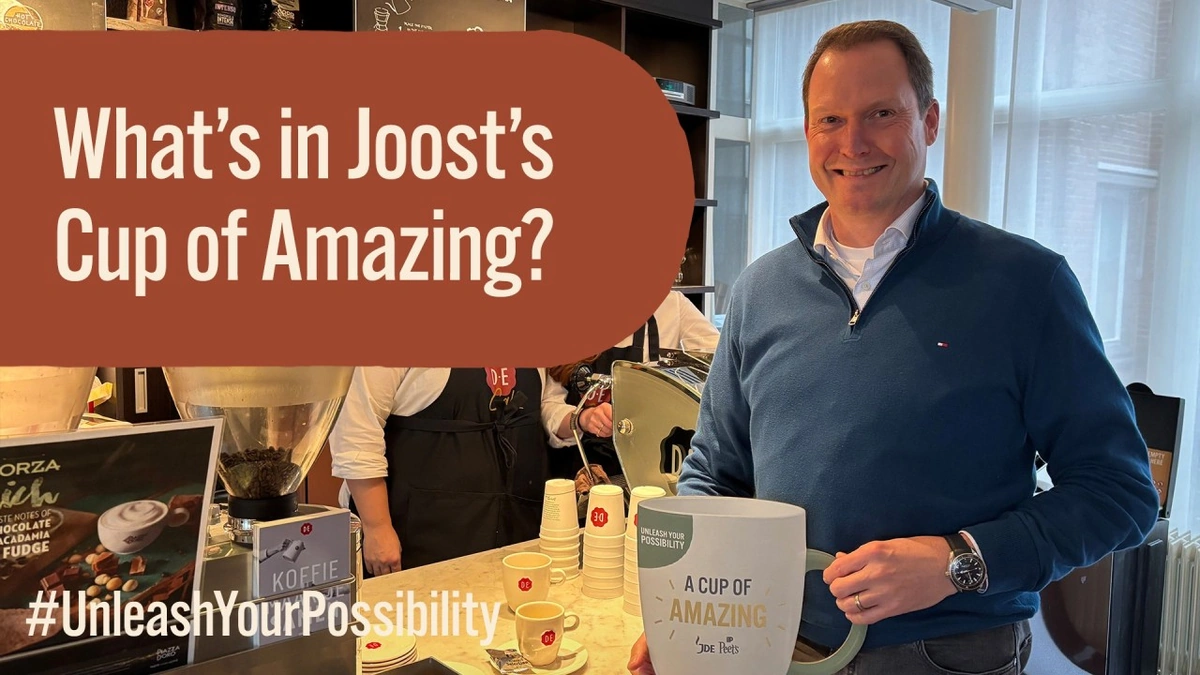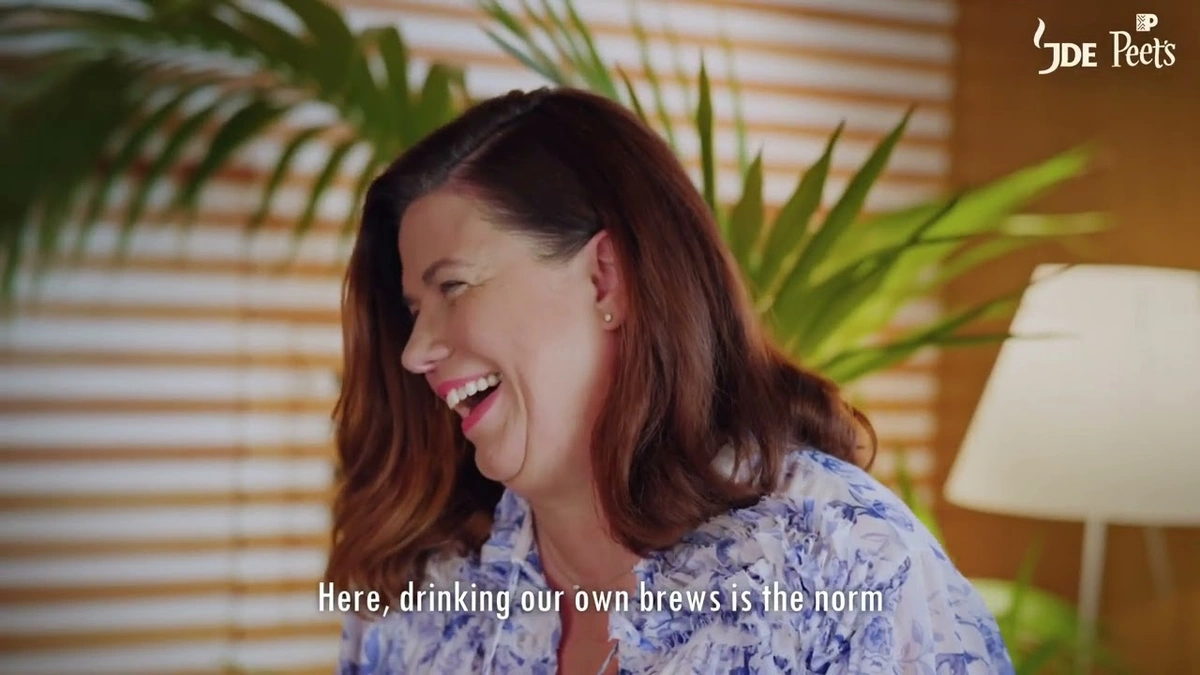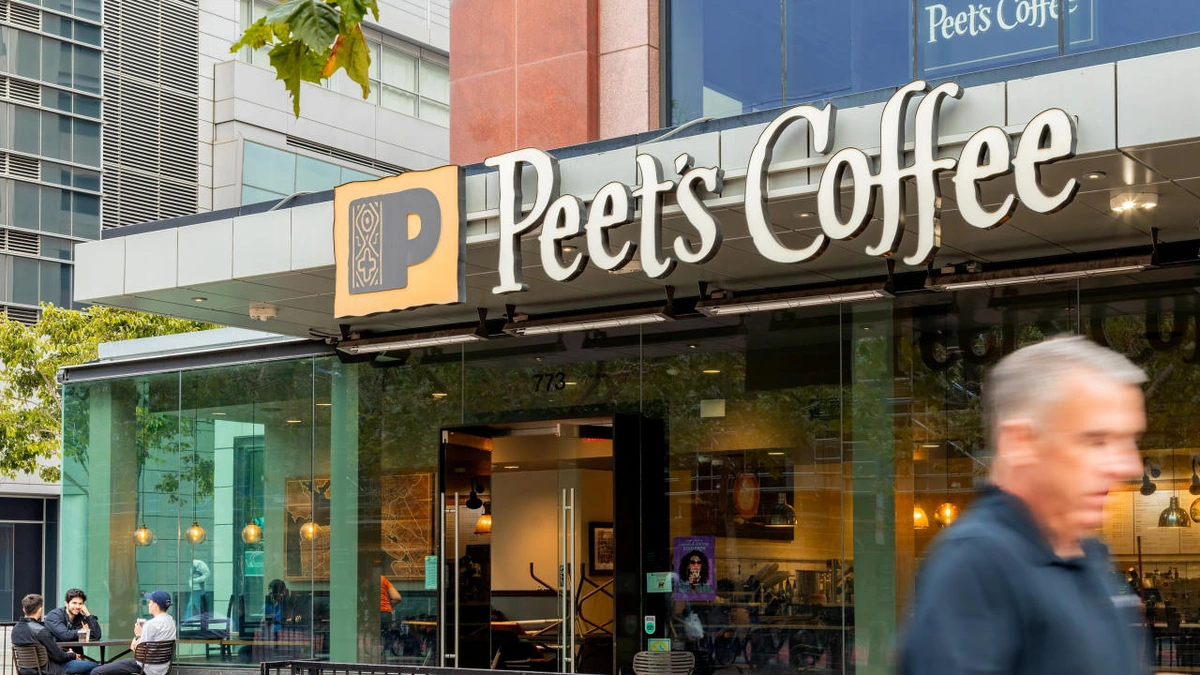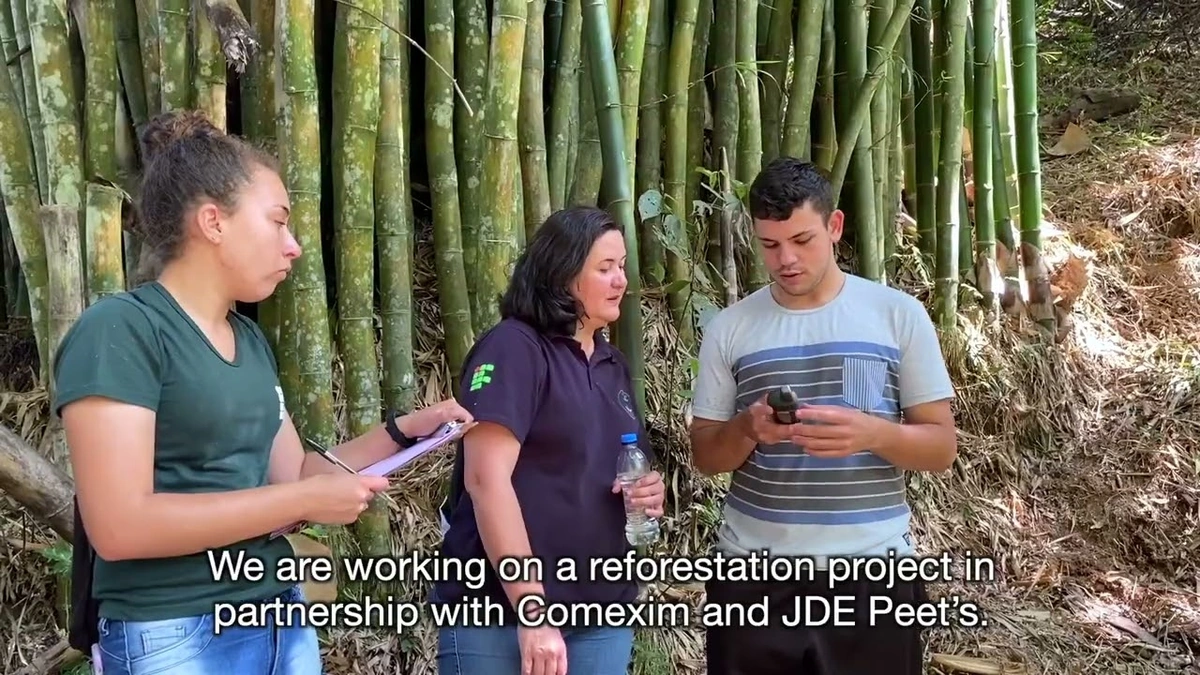Let’s start with your morning ritual. Maybe it’s a quick cup of instant coffee before the morning rush. Perhaps it’s a carefully brewed single-origin pour-over. Or maybe it’s a fancy capsule you pop into a machine that hisses to life. You know the brand you bought. You trust it. But here’s the thing: there’s a good chance you have no idea who really made it.
What if I told you that a huge number of the world’s most famous coffee and tea brands from the artisanal Californian cool of Peet’s Coffee to the European powerhouse Jacobs, and the convenient L’OR espresso capsules you see online all live under one gigantic, almost invisible roof?
That roof belongs to a company called JDE Peet’s .
And if you haven’t heard of them, that’s by design. They aren’t a household name like Nestlé or Starbucks. They are the silent giant, the puppet master of the global coffee stage. And understanding who they are is to understand the future of the very drink that kickstarts your day. This isn’t just a business story; it’s the hidden story behind your mug.
So, Who Exactly is JDE Peet’s? (And Why Should You Care?)

On the surface, it’s a Dutch company. But that’s like saying the ocean is just water. JDE Peet’s is the world’s largest pure-play coffee and tea company. Let that sink in. “Pure-play” is the key here. Unlike conglomerates like Unilever or Nestlé that also sell you everything from ice cream to baby food, JDE Peet’s does one thing, and one thing only: coffee and tea. They live it, breathe it, and are hell-bent on dominating it.
Think about the sheer scale. They operate in over 100 countries and their portfolio includes more than 50 brands. We’re talking about names that are legendary in the coffee world:
- Peet’s Coffee: The original craft coffee pioneer from Berkeley, California, that actually taught the founders of Starbucks how to roast beans.
- Jacobs Krönung: A staple in millions of European homes for generations.
- L’OR: The brand that cleverly took on Nespresso with its own compatible (and very popular) aluminium capsules.
- Douwe Egberts: A Dutch heritage brand that’s been around since 1753.
- Tassimo: The single-serve brewing system that offers a huge variety of drinks.
And that’s just scratching the surface. What fascinates me is that this company was formed through a mega-merger in 2015, combining the coffee division of Mondelez International with Douwe Egberts, and later acquiring Peet’s. They are a modern corporate creation, built to conquer. So, why should you care? Because their strategy impacts everything: the price you pay, the choices you have on the shelf, and even the livelihoods of farmers across the global coffee market .
The ‘Procter & Gamble’ of Coffee | A Strategy of Silent Domination

Here’s where it gets really interesting. JDE Peet’s doesn’t want you to know their name. They want you to know their brands. Their playbook seems borrowed directly from consumer goods titans like Procter & Gamble (the folks behind Gillette, Pampers, and Tide).
It’s a “house of brands” strategy. They own the entire shelf.
Let me rephrase that for clarity. They have a brand for every possible consumer. Are you a college student needing cheap, effective instant coffee? They have a brand for that. Are you a connoisseur willing to spend a premium on ethically sourced, single-origin beans? They own the Peet’s Coffee owner , so they have you covered. Do you value convenience above all and use a capsule machine? L’OR and Tassimo are waiting for you.
This multi-pronged attack is their genius. While Starbucks focuses on building one global brand and one type of experience (the “third place”), JDE Peet’s quietly buys or builds brands that already have deep cultural roots and loyalty in different markets. They don’t try to make a German coffee lover drink an American-style roast; they sell them the Jacobs they grew up with. It’s a strategy of silent assimilation, not loud disruption. And it’s incredibly effective.
The Indian Angle | Is JDE Peet’s Eyeing Your Masala Chai?

So, what does this global behemoth mean for us here in India? It’s a classic “unstoppable force meets an immovable object” scenario. The immovable object, of course, is our deep, unwavering love for chai. But the unstoppable force is the rapidly changing Indian beverage market.
Let’s be honest, the coffee scene in India is exploding. It’s not just about the traditional filter kaapi in the south anymore. We have a booming café culture, a growing middle class with disposable income, and a younger generation that sees coffee as an aspirational, global drink. The at-home segment is on fire, with Nespresso, local capsule brands, and D2C companies like Blue Tokai changing the game.
JDE Peet’s India already has a foothold, though a quiet one. You can easily find L’OR capsules and coffee beans on Amazon and in premium grocery stores. Tassimo machines are also available. But this feels like a toe in the water, not a full dive. The real question is, what’s their next move? The Indian market is notoriously complex and price-sensitive. As per thedata on Statista, revenue in the Indian coffee market is projected to grow annually by over 9%. That’s a number no global CEO can ignore.
I initially thought they might just focus on the premium, urban market. But their global strategy suggests something bigger. Will they acquire a beloved Indian coffee brand to gain instant credibility? Will they launch a new instant coffee brand specifically tailored to the Indian palate to compete with Bru and Nescafé? While they haven’t laid all their cards on the table, their global M.O. suggests they are patiently watching and waiting for the right moment to make a decisive move. Their goal isn’t just to sell coffee in India; it’s to become an integral part of the Indian beverage landscape.
Beyond the Beans | Stocks, Sustainability, and the Future of Your Brew

A company this massive isn’t just about products; it’s a major player in finance and global sustainability. For those interested in the markets, the JDE Peet’s stock (listed on the Euronext Amsterdam) is essentially a bet on the world’s caffeine addiction. It’s a way to invest in the entire spectrum of coffee, from budget instant to premium craft.
But more importantly, with great power comes great responsibility. The future of the coffee industry is inextricably linked to climate change and farmer welfare. Coffee is a sensitive crop, and the communities that grow it are often vulnerable. JDE Peet’s is well aware of this. Through their sustainability programs, they are making commitments to responsibly source 100% of their coffee by 2025.
Of course, a corporate press release is one thing, and the reality on the ground is another. But their sheer size means that any positive step they take can have a ripple effect across the entire supply chain, potentially improving conditions for thousands of smallholder farmers. Their influence is a double-edged sword, but it’s an influence that cannot be ignored.
Frequently Asked Questions About JDE Peet’s
Is Peet’s Coffee owned by JDE Peet’s?
Yes, it is. JAB Holding Company, the primary investor behind JDE, acquired Peet’s Coffee & Tea in 2012. Peet’s was then integrated into the larger JDE Peet’s structure, making it one of their flagship premium brands.
What are some of the biggest JDE Peet’s brands in the world?
Aside from Peet’s Coffee, some of their other massive brands include Jacobs, L’OR, Douwe Egberts, Senseo, Tassimo, Kenco, and Pickwick (for tea). The portfolio is huge and geographically diverse.
Is JDE Peet’s available in India?
Yes, but in a limited capacity. You can primarily find their premium brands like L’OR (espresso capsules and beans) and Tassimo brewing systems online and in select premium retail stores. They don’t have a widespread mass-market presence like some other global players… yet.
How is JDE Peet’s different from Nestlé?
The main difference is focus. JDE Peet’s is a “pure-play” company, meaning their entire business is dedicated to coffee and tea. Nestlé is a massive food and beverage conglomerate that owns Nescafé and Nespresso, but also makes everything from Maggi noodles to KitKat bars.
What if I can’t find information about the company easily?
That’s part of their strategy! For official information, the best place is their corporate website, which details their brands, financial reports, and sustainability goals. Financial news sites also cover the JDE Peet’s stock performance.
The next time you’re standing in the coffee aisle, or scrolling through options online, take a second look. You might not see the name ‘JDE Peet’s’ on the packaging. But now you know. You know about the quiet giant, the master strategist whose influence is almost certainly brewing in your cup. It’s a powerful reminder that in our globalized world, the biggest stories are often the ones we can’t immediately see.




